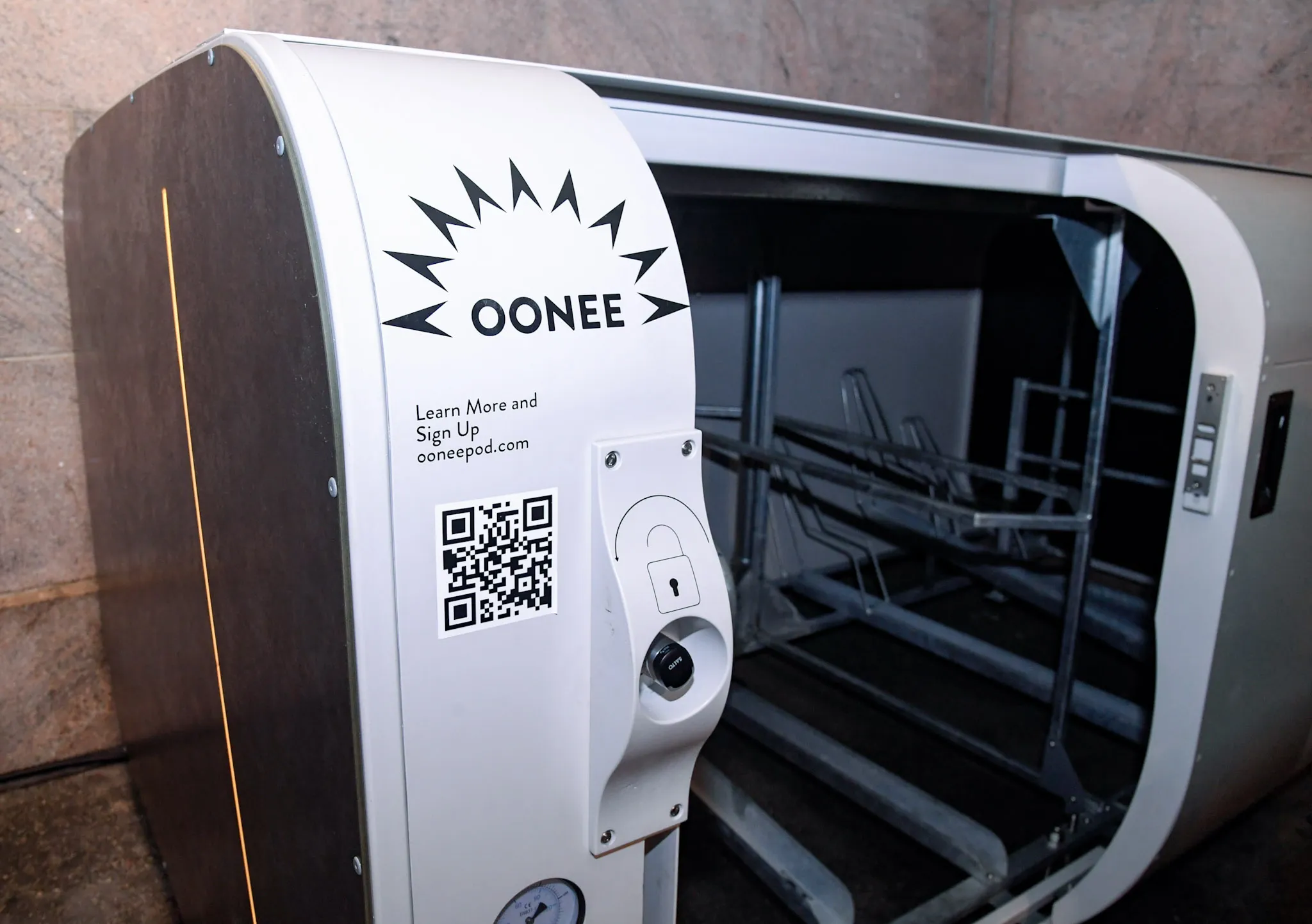The Charlotte City Council in the US has chosen Siemens to build six new S70 streetcars for the Charlotte Area Transit System (CATS), the public transit system operated across Mecklenburg County and four surrounding counties.
The vehicles will be designed with advanced hybrid technology that features a battery storage system, which allows for operation in portions of Uptown without the need for power from an overhead wire. The new streetcars will add to the 42 Siemens-built light rail vehicles currently
November 29, 2016
Read time: 2 mins
The Charlotte City Council in the US has chosen 189 Siemens to build six new S70 streetcars for the Charlotte Area Transit System (CATS), the public transit system operated across Mecklenburg County and four surrounding counties.
The vehicles will be designed with advanced hybrid technology that features a battery storage system, which allows for operation in portions of Uptown without the need for power from an overhead wire. The new streetcars will add to the 42 Siemens-built light rail vehicles currently in operation on the Blue Line across the city.
The new streetcars will run on the second phase of the CityLYNX Gold Line, replacing the legacy green and yellow trolleys currently in operation. The new phase will add 2.5 miles to the Gold Line, expanding it to 4 miles in length ending at Sunnyside Avenue to the east and Johnson C. Smith University to the west.
The new streetcars will include features such as traffic light pre-emption, pedestrian-friendly front mask, an automatic passenger counter with enhanced 3D infrared sensor technology, large passenger windows for increased visibility and improved passenger safety and an unobstructed floor concept that allows more space for bicycle storage and wheelchairs.
The Gold Line expansion construction is scheduled to begin January 2017 and is estimated to open in fall 2020.
The vehicles will be designed with advanced hybrid technology that features a battery storage system, which allows for operation in portions of Uptown without the need for power from an overhead wire. The new streetcars will add to the 42 Siemens-built light rail vehicles currently in operation on the Blue Line across the city.
The new streetcars will run on the second phase of the CityLYNX Gold Line, replacing the legacy green and yellow trolleys currently in operation. The new phase will add 2.5 miles to the Gold Line, expanding it to 4 miles in length ending at Sunnyside Avenue to the east and Johnson C. Smith University to the west.
The new streetcars will include features such as traffic light pre-emption, pedestrian-friendly front mask, an automatic passenger counter with enhanced 3D infrared sensor technology, large passenger windows for increased visibility and improved passenger safety and an unobstructed floor concept that allows more space for bicycle storage and wheelchairs.
The Gold Line expansion construction is scheduled to begin January 2017 and is estimated to open in fall 2020.









